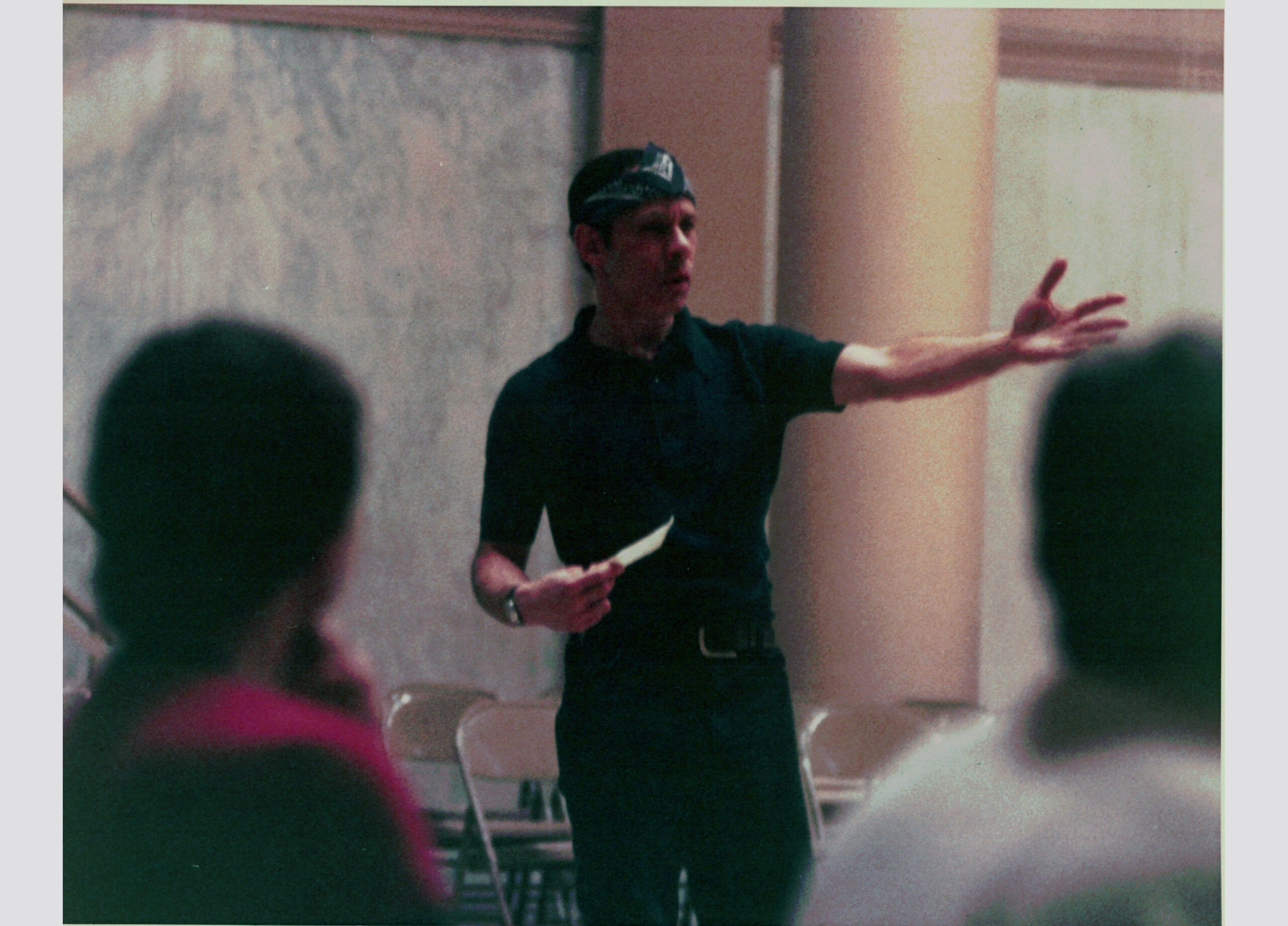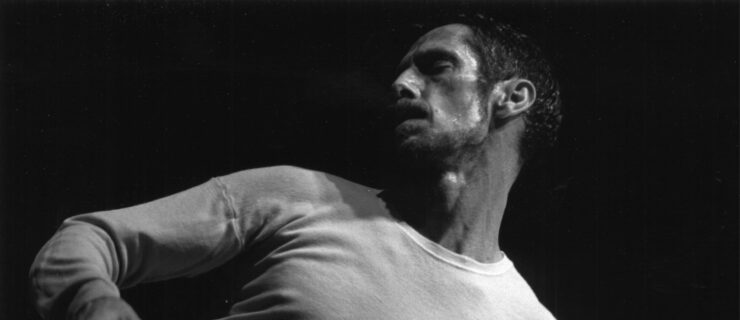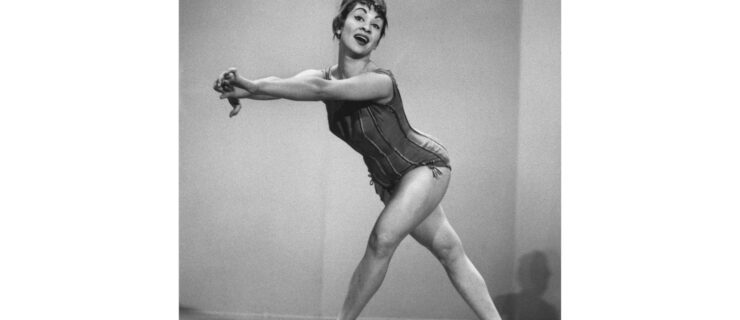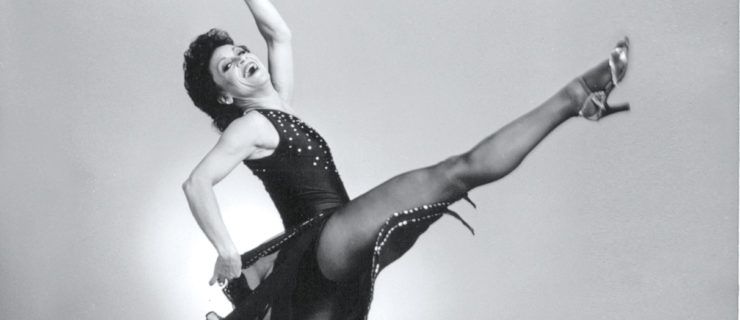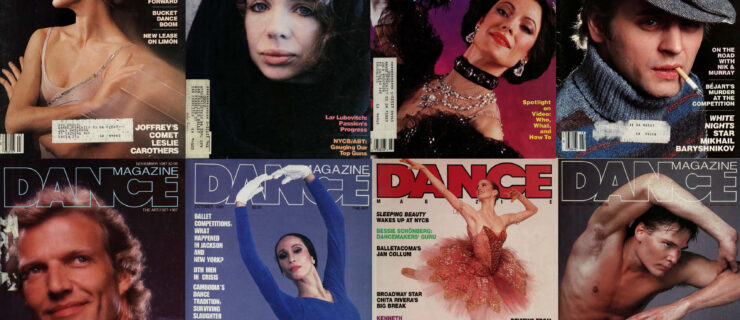Remembering Postmodern Dance Pioneer Rudy Perez, 1929–2023
Influential postmodern choreographer Rudy Perez, who made deliberate use of pedestrian movement in his experimental works, died on September 29 at his home in Los Angeles. The cause was complications of asthma, according to his friend and fellow choreographer Sarah Swenson. He was 93.
Perez was born in New York City in 1929 to Puerto Rican parents, the oldest of four brothers. At a young age, he danced cha-cha and samba in family gatherings. He went on to study with leading modern choreographers like Martha Graham, Merce Cunningham, and Mary Anthony.
Perez found his style in the 1960s avant-garde dance scene, creating a series of solos while part of the experimental Judson Dance Theater collective. The first work he choreographed was 1963’s Take Your Alligator With You, which parodied modeling poses from magazines.
After accepting a residency at the University of California, Los Angeles, Perez relocated to the West Coast in 1978. He became a pivotal force in the L.A. dance scene, especially after founding the Rudy Perez Performance Ensemble. He created over 100 works, shaping a choreographic style that challenged what people considered dance. Perez punctuated his dances with precise, everyday movements, including sitting and holding hands.
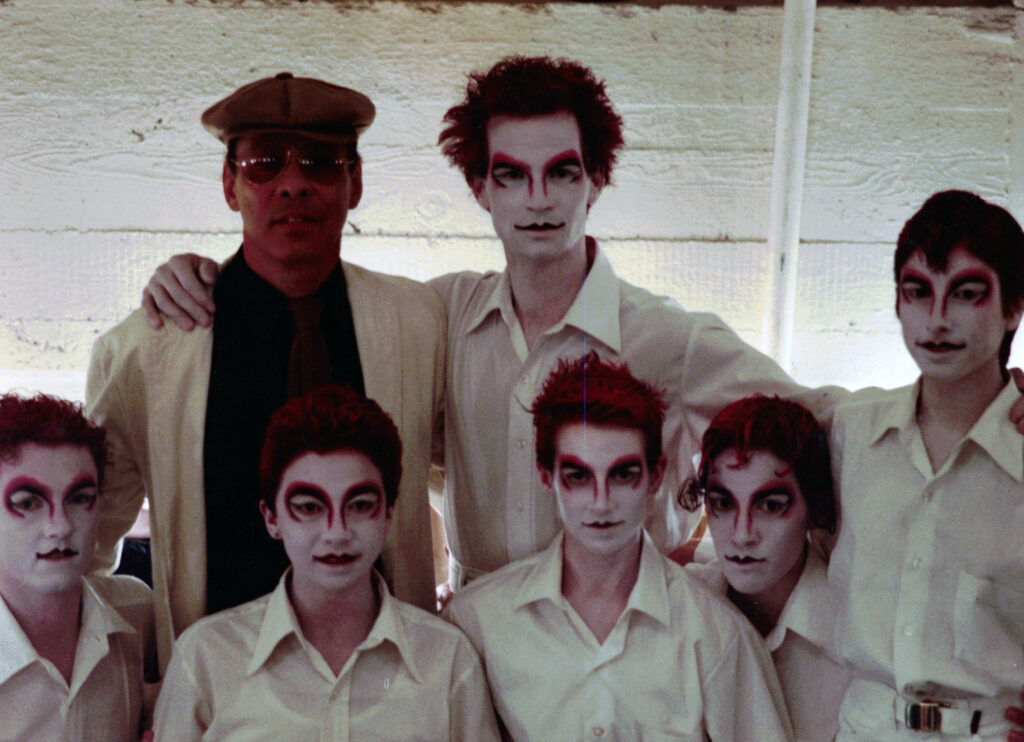
“We weren’t really polished dancers per se, but Rudy utilized all of the strengths of each individual so that it wasn’t about putting any kind of movement vocabulary on anybody that they could not do,” says former ensemble dancer Ian Cousineau, who began working with Perez in New York in 1977. The late choreographer emphasized a performer’s presence, making it “almost as important as whatever movement you were doing,” Cousineau says.
In a 2013 PBS interview, Perez intimated that he moved to the West Coast because he felt like he had done everything he could in New York. He needed a place to spread his wings, literally and figuratively.
“I think things really opened up for Rudy as a choreographer, and as a person, when he relocated to Los Angeles,” Cousineau says. “It was very, very liberating for him.”
Over the course of his career, Perez received numerous grants and awards, including National Endowment for the Arts Choreography Fellowships, the Irvine Fellowship in Dance, and the ¡Viva Los Artistas! Performing Arts Award for distinguished Latino artists.
In 2015, the UC Irvine Claire Trevor School of the Arts presented Perez with a Lifetime Achievement Award. During the evening, Perez presented the world premiere of his last work, Slate in Three Parts. In her opening remarks, dance critic Sasha Anawalt described Perez’s movement: “There is something melancholy about it. Something dark in that edge, that in-between and ‘mostly negligible’ place that is so elemental to our survival.”
Friends and collaborators have paid their respects on a memorial page created on Perez’s website.
“Rudy Perez was an artist with a capital ‘A’—an old-school diva in the truest sense, one who understood that he had to fight for everything he got and that it might never be enough,” choreographer Stephen Petronio wrote on the page.
Cousineau kept in touch with Perez until the choreographer’s death. “At the end of every call,” Cousineau says, “he expressed so much gratitude for his life, the sheer level of creativity that he had been able to experience and all of the people that were part of that creative arc.”
Perez is survived by his brother Richard and longtime partner James Kovacs.
